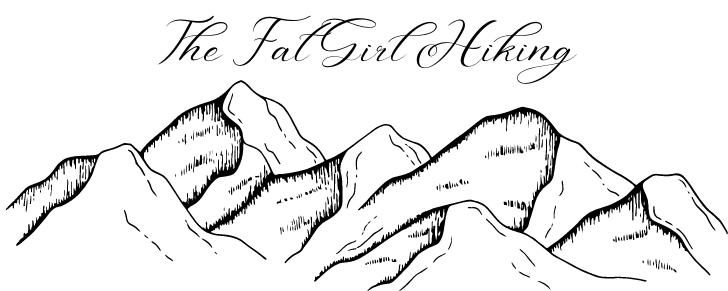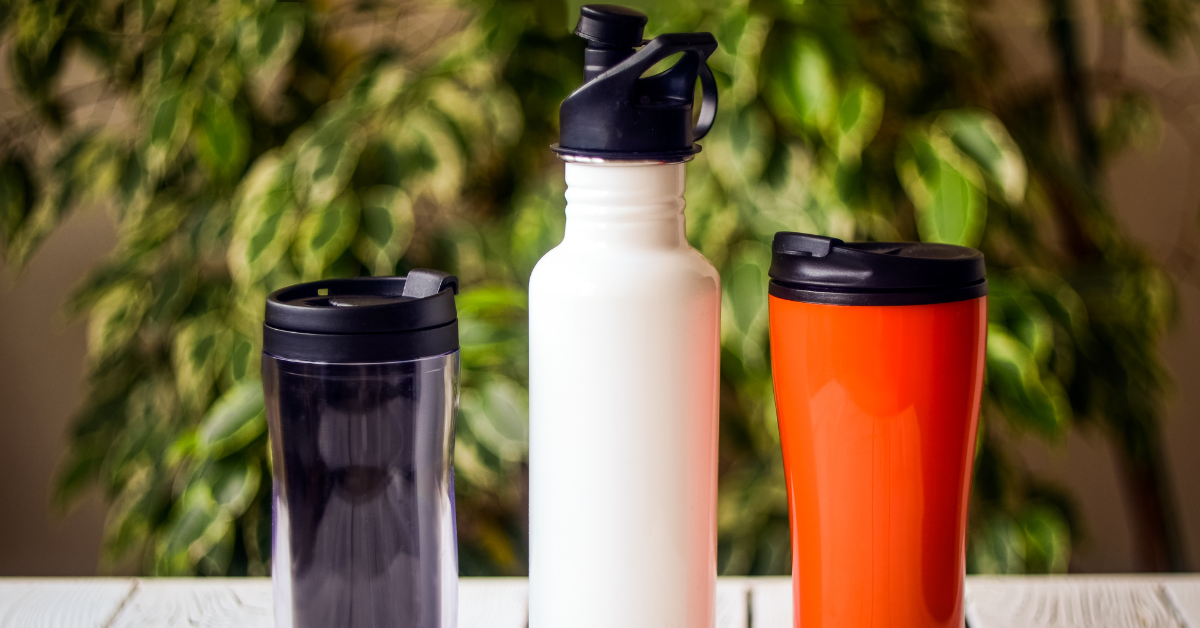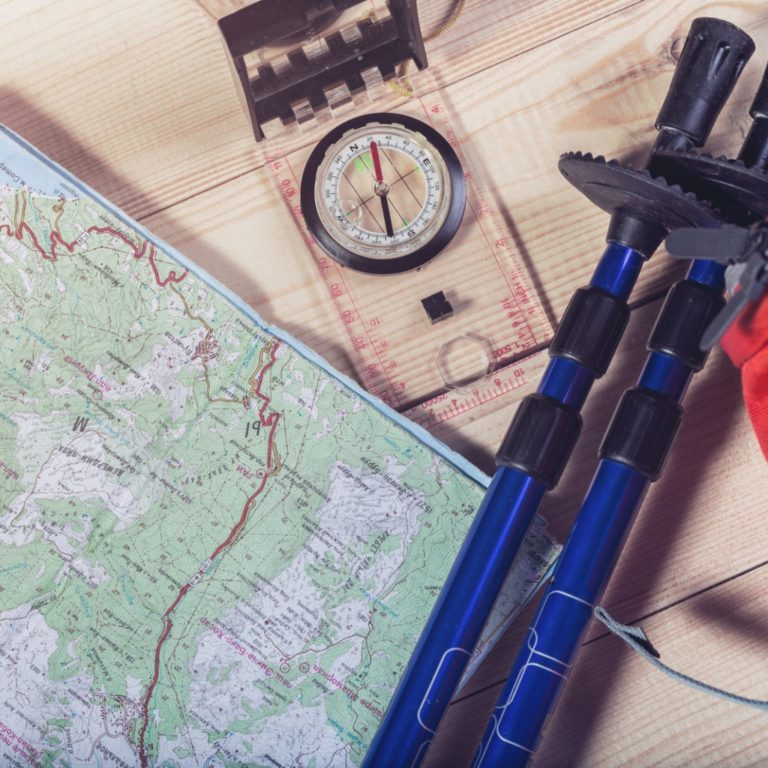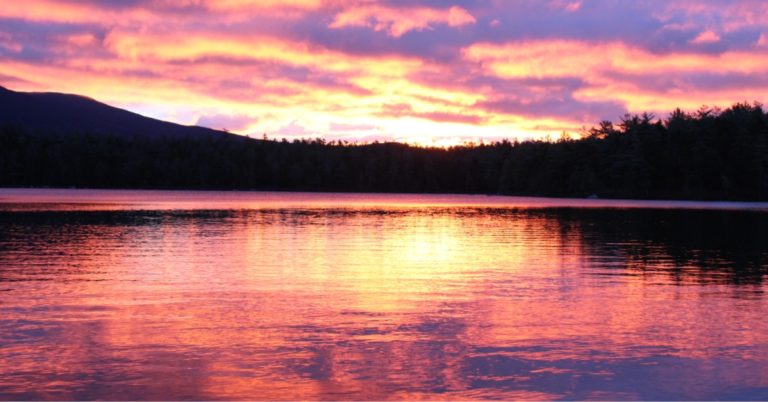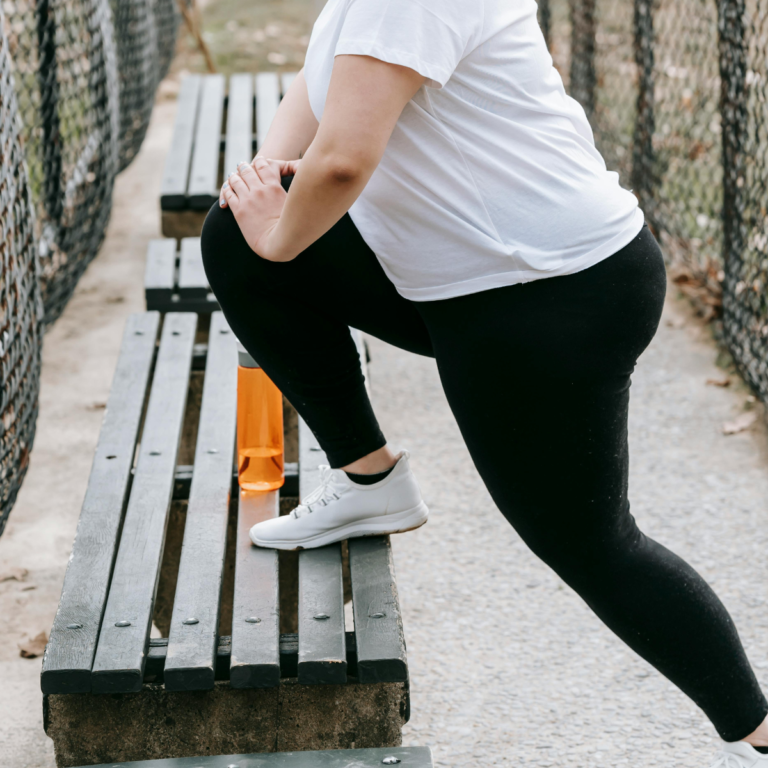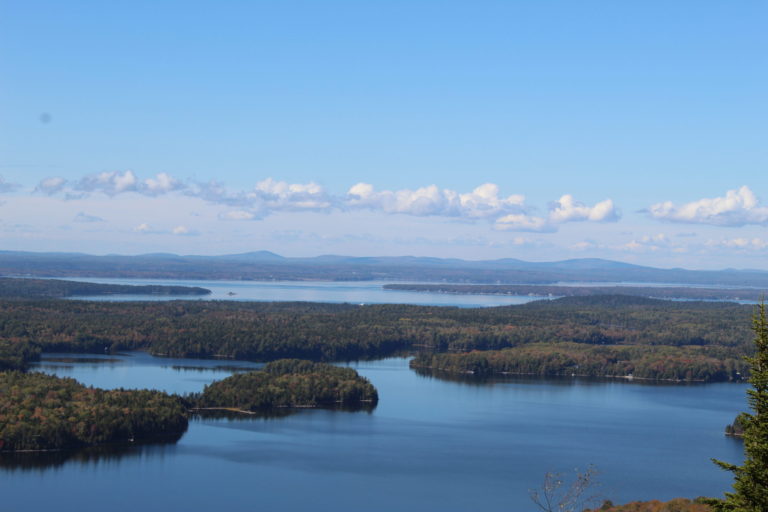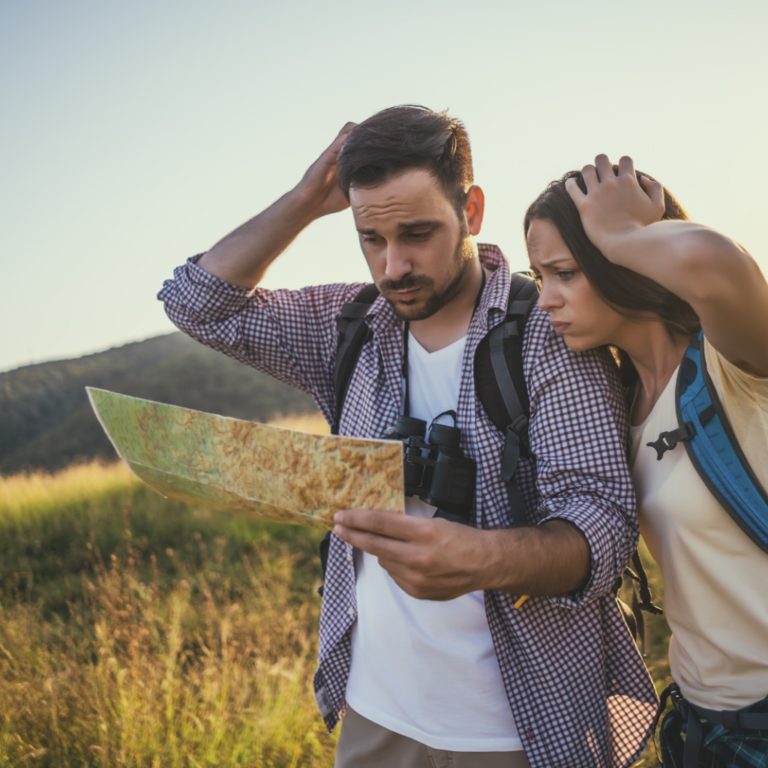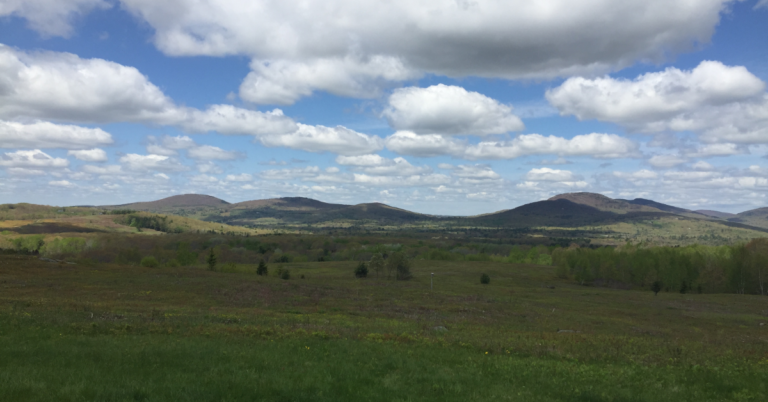How Much Water To Take For Your Day Of Hiking

Ready To Hit The Trail But Not Sure How Much Water You Need For Your Hiking Adventure?
In order to have a successful and enjoyable full day of hiking, it’s crucial to plan ahead and ensure that you have enough water. The amount of water required may vary depending on various factors. These include your unique body type, the duration of your hike, the nature of the terrain, and even the temperature outside. While a general rule of thumb suggests bringing at least 1/2 liter (17 ounces) of water per hour of hiking. It’s always a good idea to carry a slightly larger water supply than you anticipate needing. Staying hydrated is not only one of the best ways help you maintain optimal performance, but it will also contribute to your overall well-being during your outdoor adventure. So, don’t underestimate the significance of ample water intake while hiking and prioritize your hydration to fully enjoy the experience.
Proper hydration is absolutely key for a successful hike. Ensuring you drink plenty of water before embarking on your adventure sets the stage for an optimal start. Personally, I make it a point to consume between 17-24 ounces before hitting the trails. This becomes even more crucial for me as I tend to get dehydrated easily. By starting my hike fully hydrated, I’ve noticed a significant improvement in my overall endurance and enjoyment of the journey!
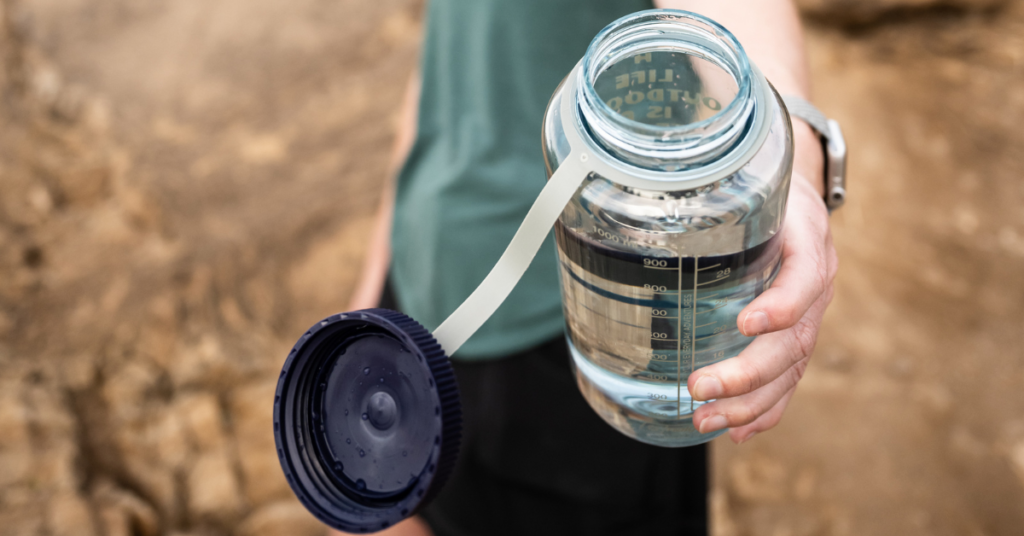
Take Into Account Some Variables
When going on a hike, it’s important to plan ahead and figure out how much water you need to take. There are several variables that should be taken into account when doing this, including the temperature, terrain, your body type, duration of hike, and level of exertion.
Temperature can play a big role in how much water you need to take. If it’s hot or humid outside, your body will sweat more quickly and you’ll need an extra bottle or two. On the flip side, colder temperatures won’t cause your body to lose as much water during a hike.
The terrain is another factor to consider when planning for hydration needs. If you’re hiking on uneven terrain or up and down hills or mountains, your body will use more energy than if you were on steady ground. This means that you’ll need more water to replenish what you’ve lost.
The size of your body and body weight should also be taken into consideration. Larger individuals such as myself may require more water depending on their activity level since they have more mass that needs hydration throughout a hiking trip. For instance, I need to drink extra water as compared to Alex because of my weight.
Your total duration of the hike is also important when deciding how much water to bring along with you. The longer the day hikes, the more important it is to stay hydrated!
Finally, consider the level of exertion during your hike. If it’s particularly strenuous like going uphill for extended periods of time then obviously more water is needed than if it’s a leisurely stroll with minimal elevation gain or intensity.
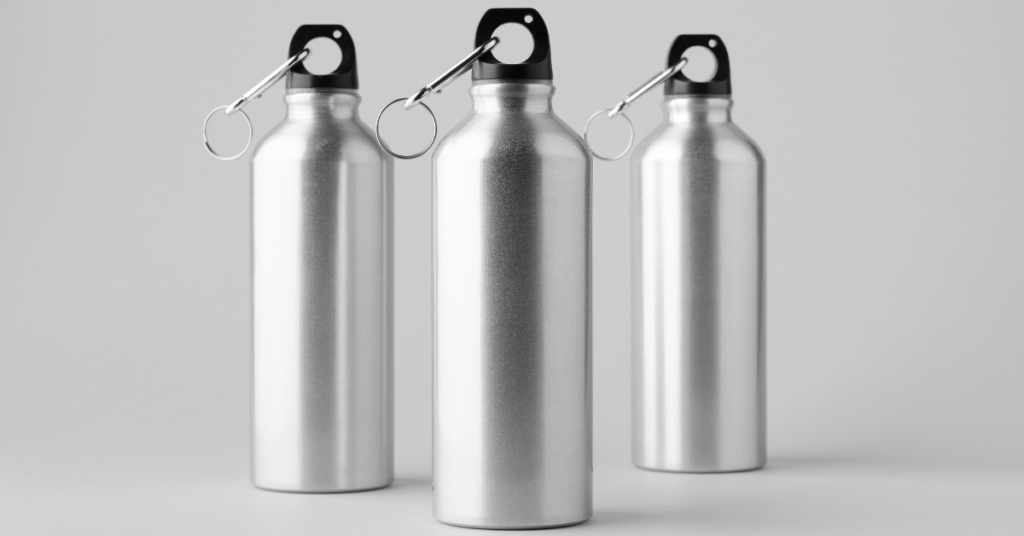
How Much Water Should I Drink Before A Long Hike?
Hydration is an essential part of your preparation before starting a long hike. The amount of water you should drink before beginning a hike depends on the length and difficulty of the hike, as well as the temperature and humidity conditions. If you’re planning on completing a longer, more difficult hike during hot and humid conditions, it’s important to drink more water than normal. Generally speaking, as I mentioned earlier, my personal preference is to drink between 17-24 ounces of water before a hike.
That being said, I am generally a first thing in the morning hiker. I get up, eat something and head out for my day. It’s usually about an hour or two from the time I get up to the time I hit the trail. If you are going to have more time between wake up and hike time, say three hours then you should be drinking between 17-24 ounces each hour as a minimum. For a three hour pre-hike timeframe that would be between 51-72 ounces or around 2 liters of water. I know that it sounds like a lot of water. But it really isn’t when you are prepping for a long hike.
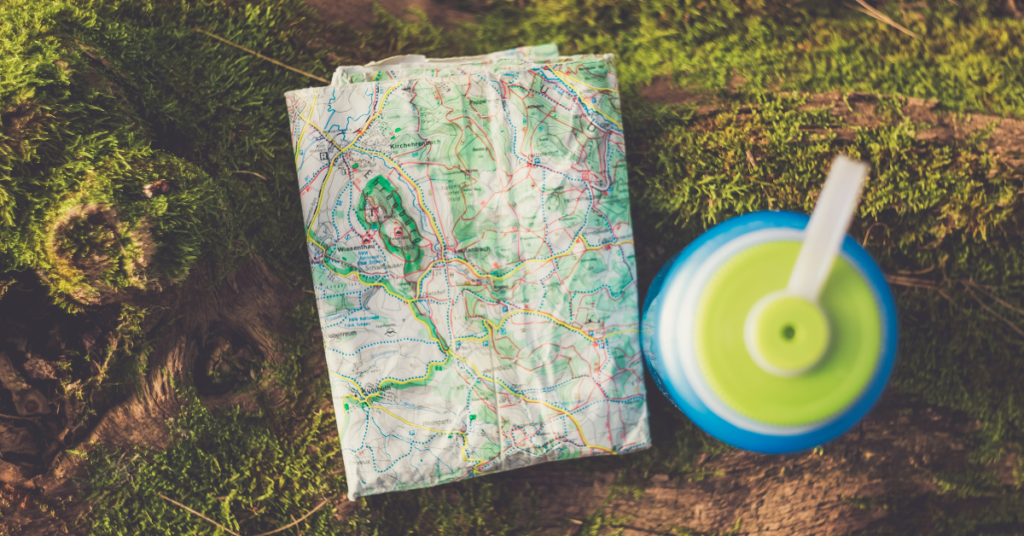
How Much Water To Take For A Day Of Hiking
Now that we have gone over the general guideline for pre hike water intake, let’s go over how much water you should take for different hiking scenarios. For instance you will need less water for shorter hikes that are easy level hikes than you would for more strenuous hikes going into higher altitudes on the same day in the same weather conditions.
Let’s do a comparison of a couple of my favorite hikes, both in Acadia National Park. First let’s look at Wonderland Trail, it is 1.3 miles out and back with an elevation gain of 78 feet. This is an easy trail with an average hiking time of 27 minutes to complete. It took us about 40 minutes of, mostly because we stop and take alot of photos.
Our second trail we will look at is also in Acadia National Park. Gorham Mountain is ranked as a moderate trail that is 1.6 miles out and back style with a 429 foot elevation gain. It has an average hiking time of 54 minutes to complete. It takes us about 1.5 hours to complete with stops for photos.
Trail Chart
| Trail Name | Weather Conditions | Amount Of Water |
|---|---|---|
| Wonderland Trail | 70, sunny, 60% humidity | 17-24 ounces |
| Gorham Mountain Trail | 70, sunny, 60% humidity | 25.5-36 ounces |
| Wonderland Trail | 85, overcast, 80% humidity | 34-48 ounces |
| Gorham Mountain | 85, overcast, 80% humidity | 76.5-108 ounces |
Let’s look at how I came up with those amounts. Keep in mind the best way to start is with the baseline amount which is 1/2 liter or 17 ounces of water per hour of hiking. You will take your baseline amount and multiply it by the number of hours you will be hiking. Your calculation for Wonderland Trail looks like this: 17X1=17 ounces. Personally, my baseline is 24 ounces. Remember earlier I said that your baseline water supply might be higher depending on your size. Let’s do the same calculation for Gorham Mountain Trail. 17X1.5=25.5 ounces of water.
Take Into Count The Weather Conditions
As you can see on the about graph we have a hot and humid day listed. Now, your girl here starts to sweat standing still at around 75% to 80% humidity. For a nice and level trail like Wonderland I’d double what I would normally take on a low humidity day. Your humid day calculation will look like this: 17X1X2=34 ounces. Now, Gorham Mountain Trail has some elevation gain. It’s steepest incline is 20% which is considered a pretty steep incline. Because of the humidity and elevation gain I will triple the baseline. The calculation looks like this 17X1.5X3=76.5 ounces. Because my baseline is higher my calculation looks like this 24X1.5X3=108 ounces.
Other Factors To Consider When Calculating Your Water
I know, I know, I can hear you now saying, “Jodi, I want to hike, I don’t want to do math!” I will let you in a trick. Ready, my Yeti Rambler water bottle is 26 ounces. I always put a couple ice cubes in it so I know it holds about 24 ounces of water which is enough for one hour of hiking for me.
Unfortunately, I also can’t drink the tap water at my house so I buy water and Poland Spring has a sport top bottle that is 23.7 ounces. I round for easier math, so each one of those is one hour baseline for me. Another favorite of mine is the Yeti Rambler 46 ounce which lives in my pack. I fill it with ice cubes and it will hold 24 ounces of actual water. It will hold more as the days progresses. So, I know that between those three I can take a three hour hike on a low humidity, average temperature day.
Something else to consider is your fitness level. For those of us who, cough cough, may be slightly out of shape, we need more water. Our bodies are working harder and most likely sweating more than a person who is in stellar shape. Therefor we need to drink more water to replenish ourselves. For instance, Alex has a physically demanding job so he is in pretty good shape. I have a squishy desk job and not in as good of physical shape as I can and should be. Therefor, Alex does not need to drink as much water as I do while hiking.
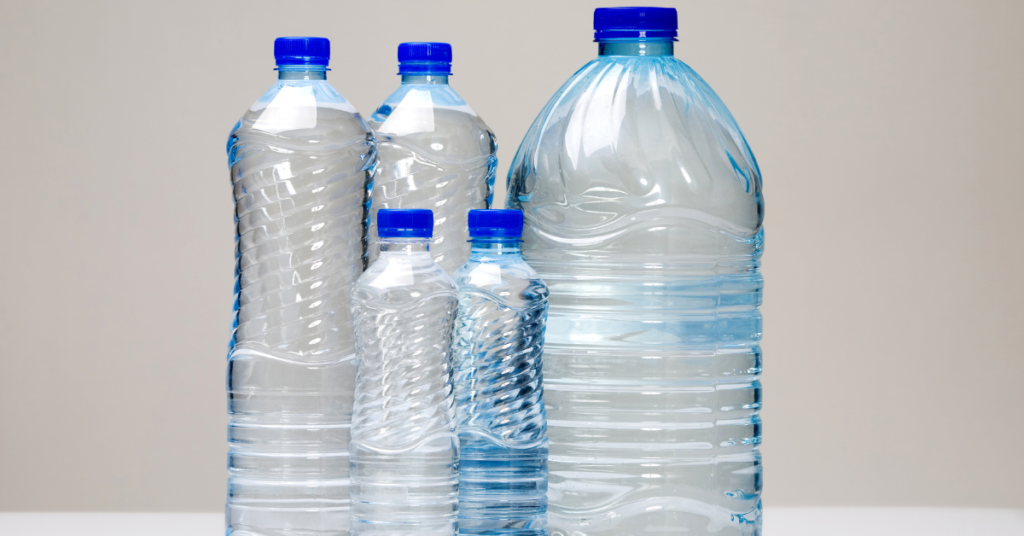
How Much Water To Take With You For A Day Hiking When Using A Hydration Bladder
Alex uses a hydration bladder when we hike instead of a water bottle. Due to this he does not tend to carry any “extra” water in a bottle like I do. He uses the Camelback Fusion Reservoir hydration bladder that is 3 liters or 101 ounces. He is also at the lower level of baseline water intake because he is on better shape than me. Alex can hike Gorham Mountain Trail with his hydration bladder full on a humid day and still have water left over after.
If we were to hike Wonderland Trail on a cooler, less humid day let’s figure out how much water to put in the hydration bladder for our hiking adventure. We know based on Alex’s baseline that he would need 17 ounces of water. Because it is always a good idea to take extra water just in case we always bring at least enough extra for one hour of our baseline amount. For Wonderland Trail Alex would want to fill his hydration bladder with 34 ounces or roughly 1 liter of water.
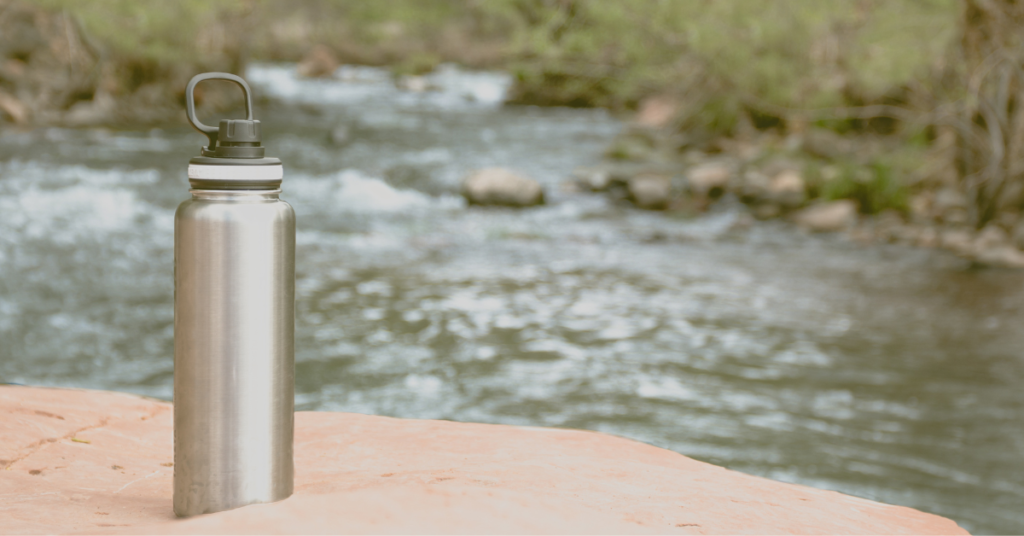
How Much Extra Water You Should Take With You When Day Hiking
One of the last things I want to go over is how much extra water you should take for a day of hiking. It is important to take some extra water with you especially on long hikes and in hot weather. My general rule of thumb is to always take at least an extra 24 ounces of water for myself. This is my hourly baseline water consumption. When hiking some more popular trails, such as Gorham Mountain, Ocean Path or Cadillac Mountain, I bring and extra 48 ounces. I do so because I have seen people who are blissfully unprepared to be on the hiking trail. We have seen it all! From people hiking in blue jean pants with button up flannel shirts wearing loafers in July. To folks wearing shorts that look more like underwear, a sports bra with no shirt and sandals.
These are the folks who most of the time do not even have a backpack with them and are only carrying one small bottle of water. It is because of the blissfully unaware “hikers” that your girl here looks like she is ready for a backpacking trip on the Appalachian Trail. I don’t mind carrying the extra weight of at least one extra water bottle. Taking extra water especially on humid days has helped many strangers over the years who ran out of water on the trail.
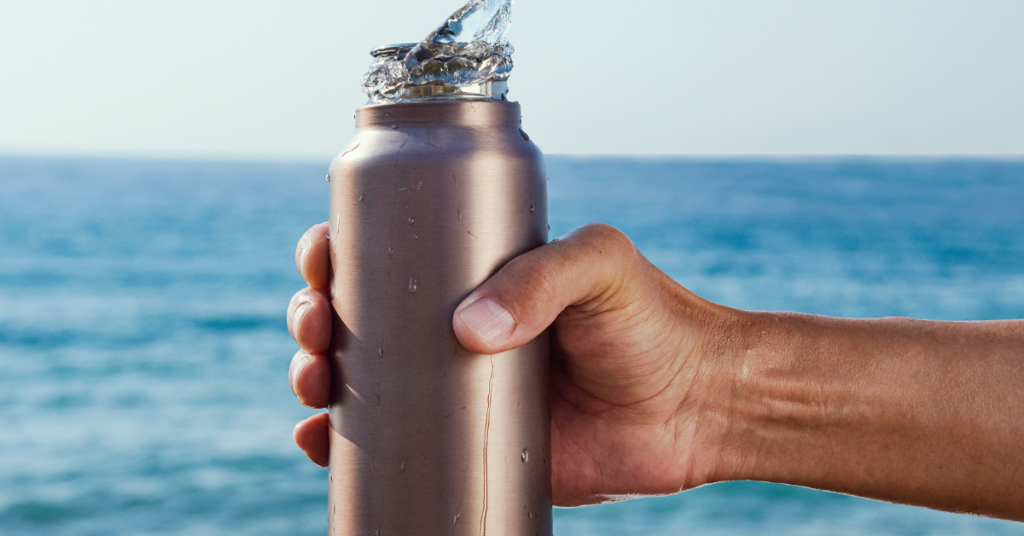
One Last Thing
Now that you can calculate your water requirements, how do you figure out how often to stop for a drink? So, you do not want to stop and drink a whole bunch of water at once. Instead you want to stop frequently and drink small amounts of water. Now, I will be the first to admit that I am terrible at this. But the rest of my hiking gang are pretty good at it. You should stop every 15-20 minutes for a drink of water. One way to do this is to set a timer on your phone, just make sure it is on vibrate only! You can also just check the time and do it without an alarm.
Final Thoughts
Making sure you have the right amount of water with you easiest way to ensure that you will not suffer with dehydration. On the trail, it’s important to stay hydrated. Depending on the temperature and length of your hike, it’s a good idea to bring more water than you think you need. As with any activity in nature, it’s wise to be prepared and bring along more resources – in this case, water – than you think you will need.
It’s generally recommended to drink about 17 ounces or 0.5 liters of water per hour when hiking. This amount may vary depending on intensity of the physical activity as well as the climate conditions on the trail. So make sure that when you’re packing for a day hike, you have enough water with you to last until the end!
The bottom line is that proper hydration should never be underestimated when it comes to hiking in nature. Whether it means bringing more water than originally planned or preparing for extreme weather conditions, taking the necessary steps to ensure enough hydration can be key for having an enjoyable time on the trails!
